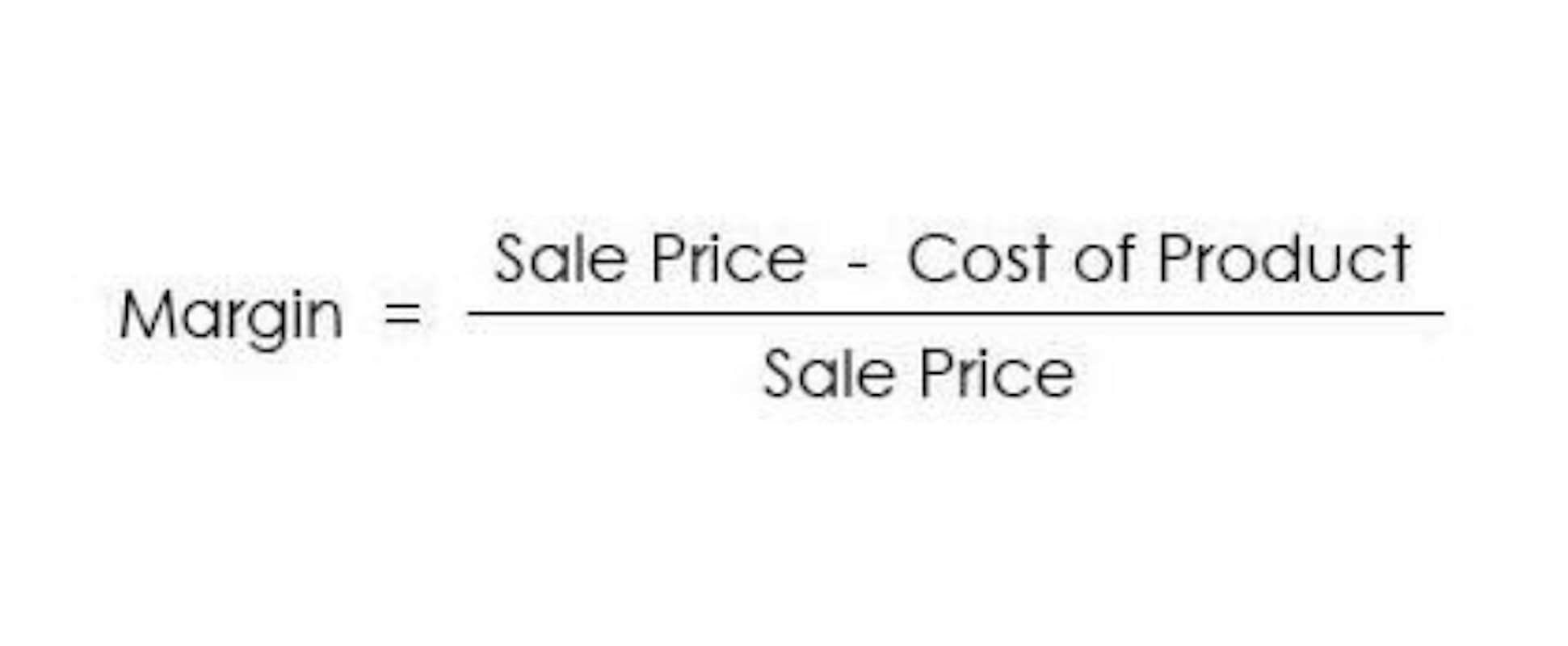
Retained earnings are a critical component of a company’s equity and represent the cumulative amount of profits that have been reinvested in the business rather than distributed to shareholders as dividends. This calculation begins with the adjusted trial balance, which reflects the company’s revenue and expenses accurately after all adjusting entries have been made. From the perspective of an accountant, retained earnings are a testament to the company’s historical profitability and its potential for future growth. Retained earnings are a critical component of a company’s equity and a reflection of its ability to generate profits over time. They represent the cumulative amount of net income that a company has decided to keep and reinvest in its operations rather than distribute to shareholders as dividends.

Tax Changes…How Do The Changes Impact YOU?
This approach allows organizations to effectively lower costs and identify areas where expenditures can be trimmed without sacrificing quality or productivity. By optimizing cost structures and streamlining operations, companies can create a leaner and more efficient business model. This not only impacts the immediate bottom line but trial balance also sets the foundation for sustained profitability and growth. By proactively managing resources and expenses, businesses can navigate economic uncertainties and market fluctuations with greater resilience.
- Management’s plan to address the deficit should align with realistic market opportunities and operational improvements.
- Discover 10 more comprehensive financial management solutions, with comparisons, reviews and key features.
- This approach allows management to focus on core business areas with greater growth potential.
- It is a key indicator of a company’s ability to generate sales and it’s reported before deducting any expenses.
- Negative retained earnings are caused by constant losses, huge dividends, or errors in finance.
- Understanding the difference between positive and negative retained earnings is key.
What Distinguishes Negative from Positive Retained Earnings?

The implications of negative retained earnings extend beyond investor sentiment. For management, it presents a significant challenge in terms of strategic planning and resource allocation. Companies in this position may find it difficult to secure financing, as lenders and investors typically view negative retained earnings as a sign of financial distress. This can limit the company’s ability to invest in growth opportunities, research and development, or even day-to-day operations, creating a vicious cycle of financial strain. Dividends are a critical aspect of shareholder value, often seen as a sign of a company’s financial negative retained earnings health and profitability. However, the scenario becomes complex when a company with negative retained earnings decides to pay dividends.
How do you get rid of negative retained earnings?

Startups often incur losses as they invest heavily in product development, marketing, and infrastructure before generating consistent https://cwwcanada.com/how-to-invoice-as-a-freelancer-2024-tips-and-best/ revenue. These early-stage deficits typically lead to negative retained earnings until the business becomes profitable over time. «Negative retained earnings» and «income statement» are distinct concepts, but they interrelate in an organization’s record-keeping process. Operating charges include material expenses as well as selling, general and administrative expenses.
Negative retained earnings can distort key financial ratios used to assess a company’s health. Return on equity (ROE), calculated as net income divided by shareholder’s equity, becomes misleading when negative retained earnings shrink equity values. As equity decreases, even modest profits may produce an inflated ROE, creating a skewed view of performance. The main difference between retained earnings and profits is that retained earnings subtract dividend payments from a company’s profit, whereas profits do not. Where profits may indicate that a company has a positive net income, retained earnings may show that a company has a net loss, depending on the amount of dividends it paid out to shareholders.
